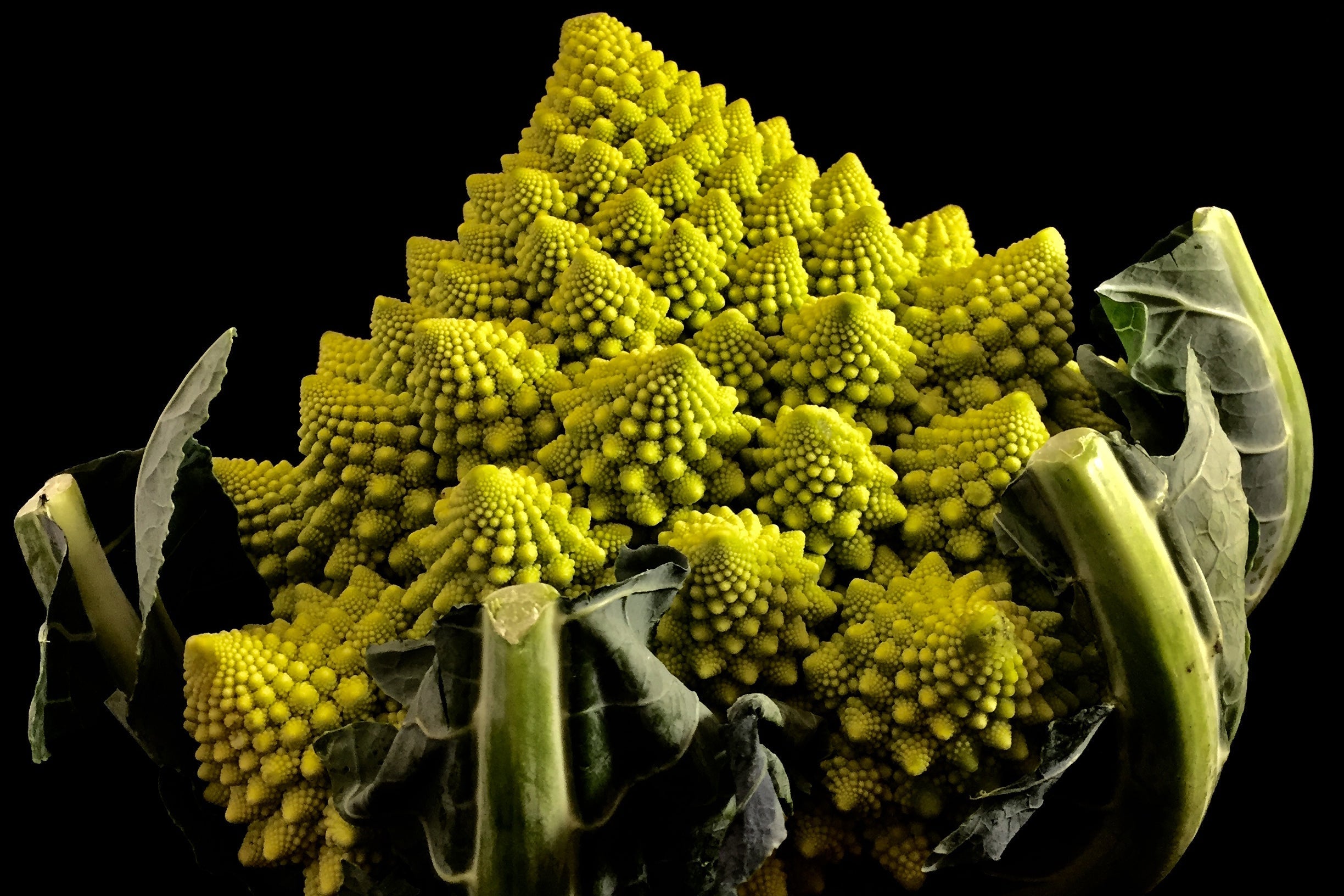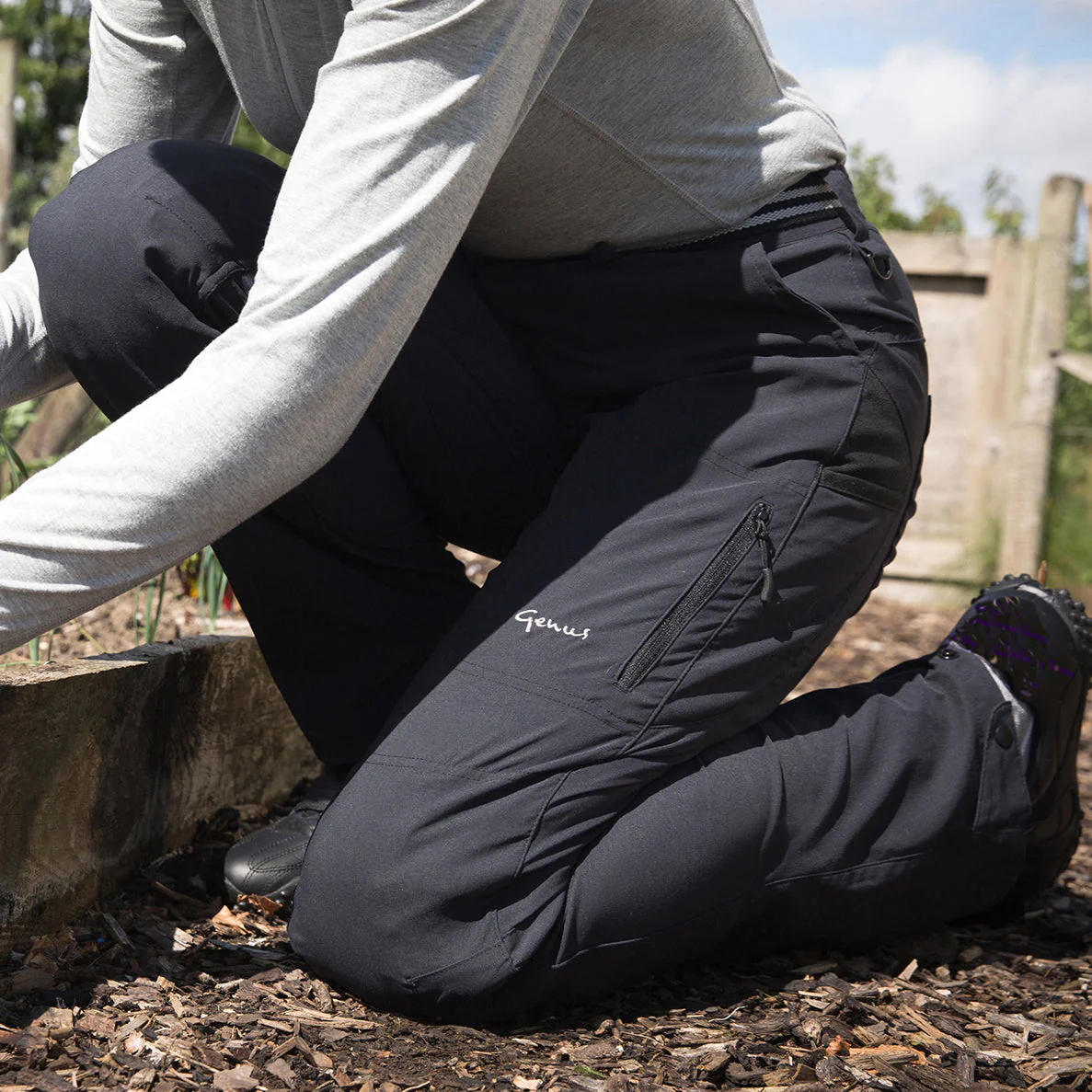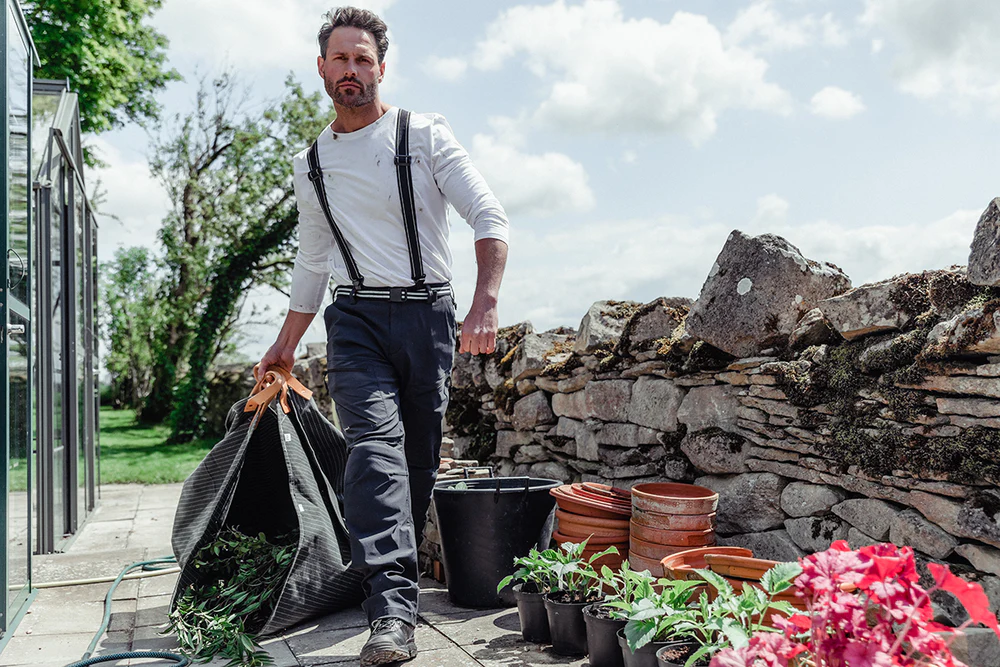On the plot - perennial veg

If you have a busy life, time is short, or you just want to sample something new, why not try growing perennial vegetables? It’s one way to avoid the annual job of growing from seed, a process always fraught with problems. Either slugs and snails eat your seedlings or you go off on holiday on the hottest day of spring and they die in the heat.
There’s a surprising number of options and we’ve only ever grown a few but one thing we can confirm is that they’re nearly always trouble free and require very little input of time and energy.
Asparagus is one of the most popular choices. We’ve grown it from seed in the past, not something for the impatient as it can take at least three or four years before you can take a crop. Far simpler then to plant two- to three-year old ‘crowns’ that can usually be picked in their second year - yes, still a bit of a wait but they’ll continue to crop for decades.
Another option, globe artichokes, make wonderful statuesque plants and provide you with those spiky thistle-like heads that are boiled to soften the edible ‘choke’.
Jerusalem artichokes, a member of the sunflower family, have tuberous roots that look a bit like a potato. The plants can expand into sizable clumps and grow to a height of 7 feet or more. The roots are dug up in the autumn and can be boiled, chipped, or mashed.
There are a number of kales that are perennial with Daubenton’s kale being perhaps the best known. With attractive, sometimes variegated, leaves they continue to produce leafy greens for decades. Other varieties include ‘Big Green Lazy’ and ‘Taunton Deane’.
Other options of perennials to grow on the plot are horseradish, rhubarb, sea kale, lovage, perpetual spinach, and sorrel. Give them a try. They can make life much simpler.
Italian Toms
Some of the Italian varieties of tomatoes are wonderful. Perhaps best known is the plum tomato ‘San Marzano’, grown for its pulpy flesh, and ideal for sauces. We however particularly like the extra large, often ribbed types of tomato, that can grow to over a pound in weight.
From Tuscany is the large ‘Costoluti Fiorentini’, a bulbous ribbed variety known for its aromatic flesh. We’ve managed to grow them to 14 ounces, but have friends who have exceeded well beyond a pound in weight. Other friends living in Umbria much prefer this tomato due to its resistance to disease, something they’ve struggled with when growing ‘San Marzano’.
‘Cuore di bue’, or ox heart, is another of the larger varieties and has fewer seeds than most so lends itself to slicing for salads.
One variety we’ve yet to try is ‘Canestrino di Lucca’, a ribbed variety that is often stuffed with rice and breadcrumbs. Its name ‘canestrino’ means basket suggesting its use as a ‘container’ for other ingredients has been popular for decades if not centuries. It’s a red tomato but surprisingly the top remains green, even when ripe.
Loving heat, these Italian tomatoes ideally need to be grown in a tunnel or greenhouse. Just remember that because of their weight they need to be well supported.
Mathematics on the Plot
Romanesco cauliflowers are a wonderful vegetable with stunning green ‘curds’ that look incredibly impressive on the dining table. Sown in spring the heads are usually ready by September. Mathematicians amongst you will be attracted to this vegetable as a great representation of the fibonacci sequence. It displays this pattern through its spiral formations. The number of spirals going clockwise and counterclockwise are consecutive Fibonacci numbers (0,1,1,2,3,5,8,13…etc) creating its fascinating geometric structure. Also known as the golden ratio this pattern can be spotted on the large seed heads of sunflowers or in pine cones. Most plants with alternate leaves on their stems demonstrate this fascinating principle. If conversation is starting to falter at your dinner parties you’ll know which vegetable to serve up in future.











